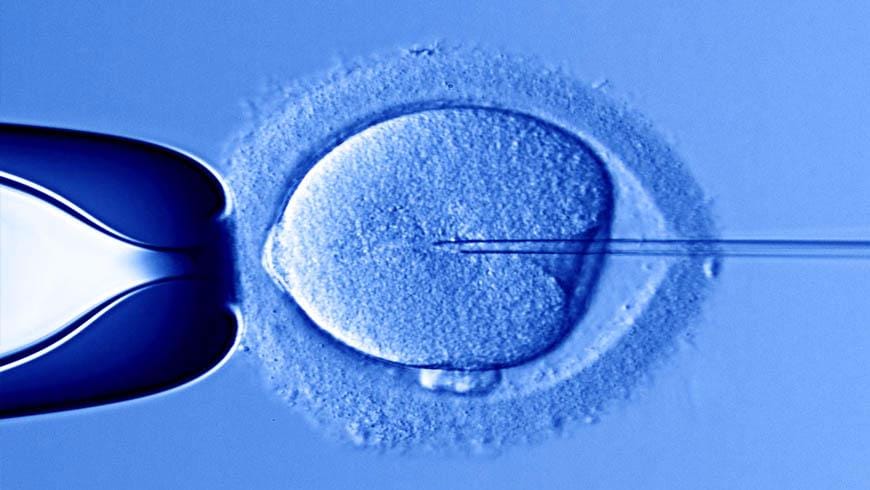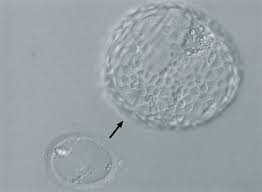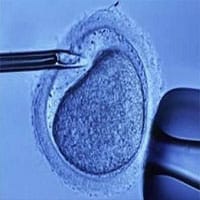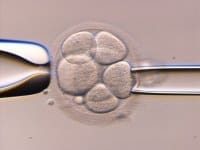Laser assisted hatching
In infertility treatment, although embryo (fetus) can develop, couples cannot have pregnancies. Not having any pregnancy despite fertilization is usually due to the fact that problems are encountered during when embryo is placed/attached into the womb. A variety of incidents happen when the embryo is placed into the uterus. First of all, the embryo keeps dividing and growing. After it reaches a certain length, it breaches through the membrane it is surrounded by (zona pellucida) and places itself within the intra uterine tissue called endometrium. There it continues to grow. According to research, the main reason for not having any pregnancy is when the embryo cannot breach through this membrane and for this reason cannot attach to the intrauterine wall.
Laser Assisted Hatching
Laser assisted hatching: In order to solve this problem, a small puncture/hole should be opened via chemical or mechanical means on this membrane surrounding the embryo so that it can breach out and attach to the intrauterine wall easily. Research shows that pregnancy rates via this method have shown a significant increase especially in some specific cases (women over 35 years of age, unsuccessful previous IVF treatments or when the mentioned membrane was too thick).
The aim in assisted hatching is to increase the rate of embryos attaching to the uterus.
Dr.Mürüde Çakartaş Dağdelen, Gyn.Sg and her team apply this method as follows:
First of all, the embryo is held/stabilized by sucking its wall by use of a microscopic tube. Then, using laser one part of the embryo wall is opened. While the embryo continues to grow, it breaches through this weak point and attaches to the womb. Using this technique about 50% pregnancy rates are acquired.



